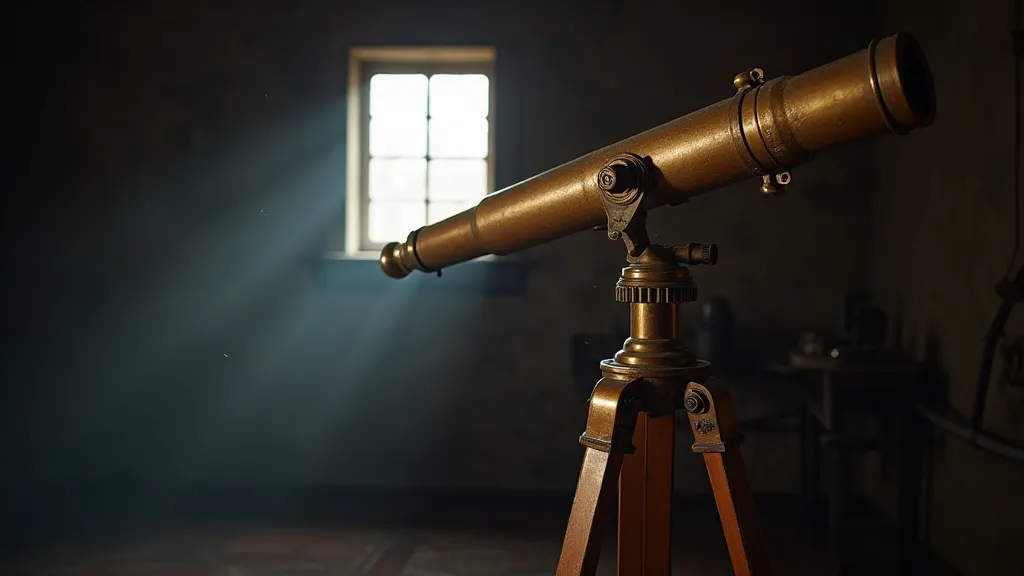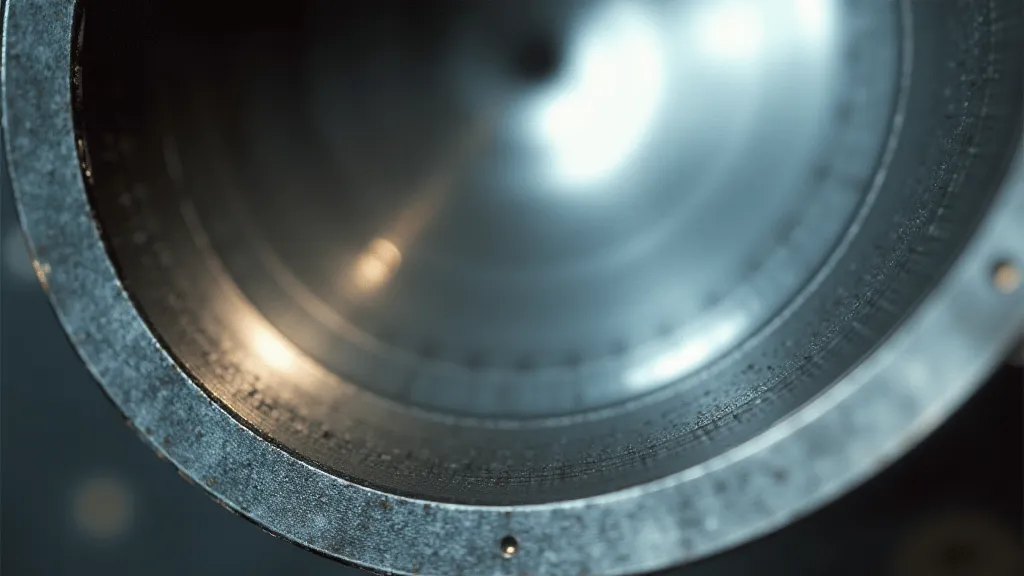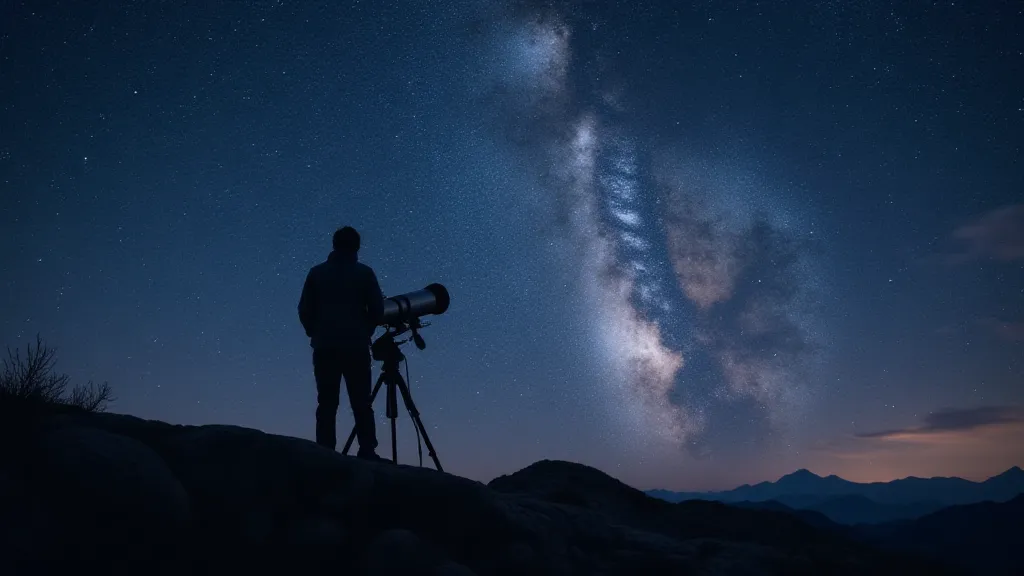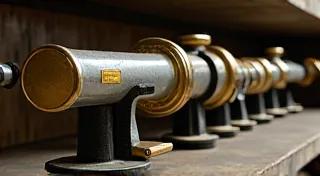The Silent Echoes: Unveiling the Universe's Oldest Light Through Reflectors
There's a resonance in old things, a quiet whisper of the hands that built them, the lives they witnessed. I often think about that when I’m working on an antique accordion – the meticulous craftsmanship, the careful selection of materials, the years spent perfecting a single bellows. It's more than just an instrument; it’s a time capsule, preserving a moment in history through a tangible form. And that, I’m realizing, is remarkably similar to the experience of peering through a reflector telescope. We're not just looking at stars; we’re listening to the echoes of creation.
Reflector telescopes, often overlooked in favor of their refractive cousins, possess a unique power: the ability to gather faint light, light that has traveled across vast distances and time, bringing us glimpses of the universe’s infancy. Imagine the photons bouncing off the first galaxies, embarking on journeys spanning billions of years, eventually reaching our eyes through this extraordinary instrument. It's a humbling thought, a profound connection to the cosmic past.

The Genesis of Reflectors: A Newtonian Revolution
The story of the reflector telescope begins with Sir Isaac Newton. While refractors, relying on lenses to bend light, were already in use, they suffered from chromatic aberration – a distortion that blurred the image. Newton, with his remarkable intellect and relentless curiosity, sought a solution. He realized that mirrors, unlike lenses, don't suffer from this aberration. In 1668, he built his first reflecting telescope, a modest 68mm aperture instrument, but it sparked a revolution in astronomy.
Newton's design used a concave primary mirror to gather and focus light, and a smaller, flat secondary mirror to redirect the image to the eyepiece. This seemingly simple alteration fundamentally changed how we view the cosmos. Initially met with some skepticism, primarily due to its unconventional design, Newton’s reflector demonstrated its superiority and quickly gained favor among astronomers. The early models, much like the antique accordions I sometimes restore, were marvels of ingenuity, painstakingly crafted by skilled artisans.
Why Reflectors Capture the Oldest Light
The key to a reflector’s power lies in its ability to collect vast amounts of light. The larger the mirror, the more light it gathers. And gathering more light is crucial for observing faint, distant objects – objects whose light has weakened significantly after its long journey through space. These objects often represent the universe in its earliest stages, the formation of the first stars and galaxies.
Think of it like this: an antique accordion’s reeds, meticulously crafted from brass, have vibrated countless times, producing melodies that once filled ballrooms and concert halls. Each vibration carries a tiny bit of the musician’s passion, the era’s energy. Similarly, photons reaching us from the dawn of the universe carry echoes of those first moments of creation. Reflector telescopes, with their ability to gather the faintest light, allow us to hear those echoes most clearly.
The Evolution of Reflector Design
Newton's initial design was revolutionary, but it has evolved considerably over the centuries. Early reflectors used a flat secondary mirror, which resulted in an image that was often viewed off to the side. Later designs incorporated a hole in the primary mirror to allow the light to reach the eyepiece, improving the viewing experience. The introduction of hyperbolic primary mirrors further enhanced image quality.
Modern reflector telescopes, like the immense instruments perched atop mountains around the world, are engineering marvels. They incorporate sophisticated technologies, such as computer-controlled tracking systems and adaptive optics to compensate for atmospheric turbulence. But the fundamental principle – using mirrors to gather light and reveal the universe's secrets – remains the same as in Newton's original design.

The Allure of Antique Reflectors: A Collector's Perspective
Beyond their scientific significance, antique reflectors possess a unique aesthetic appeal. Their brass casings, the intricate workings of their mirrors, and the evidence of the craftsman's skill all contribute to their charm. Collecting antique reflectors is a fascinating pursuit, combining an appreciation for historical instruments with a passion for astronomy.
Restoring an antique reflector is a labor of love. It requires careful cleaning, meticulous polishing, and sometimes, the replacement of worn or damaged parts. It's a process that demands patience and a deep understanding of the instrument’s construction. Similar to restoring an antique accordion – carefully repairing bellows, replacing reeds, and bringing the instrument back to life – restoring a reflector is a connection to the past, a chance to preserve a piece of history.
The value of antique reflectors varies depending on their age, condition, and maker. Early Newtonians are particularly prized, as are reflectors made by renowned optical instrument makers. However, the true value lies not in their monetary worth, but in the sense of connection they provide – a connection to the universe and to the skilled hands that crafted them.
Observing the Universe Through Ancient Eyes
Whether you’re a seasoned astronomer or a curious beginner, observing the universe through a reflector telescope is an experience that transcends the technical. It's a moment of awe and wonder, a realization of our place in the grand scheme of things. As the faint light of distant galaxies fills your eyepiece, you’re not just looking at stars; you’re listening to the echoes of creation, witnessing the universe's earliest moments unfold before your eyes.
The universe reveals its secrets to those who are willing to listen, to those who appreciate the beauty of the instruments that allow us to hear those secrets. And whether it’s the delicate breath of an antique accordion or the faint light of a distant galaxy, there's a profound resonance in the things that connect us to the past, a silent echo of the universe itself.






